-
About
-
Products
- By Timber Product
- Cladding
- Decking
- Screening
- Panelling
- View all
- By Application
- Exterior Cladding / Siding
- Exterior Rain Screen
- Interior Walls & Ceilings
- Soffits
- Screening, Fins & Battens
- Windows, Doors & Joinery
- Posts & Beams
- Accessories
- Coatings
- Fixings
- Samples
-
Resources
- Projects
- Contact
Technical Articles
Filter by category

It’s Only a Primer!
The pink or beige primer commonly applied to timber weatherboards and joinery is a thin ”holding primer” designed to provide temporary protection during the building process.
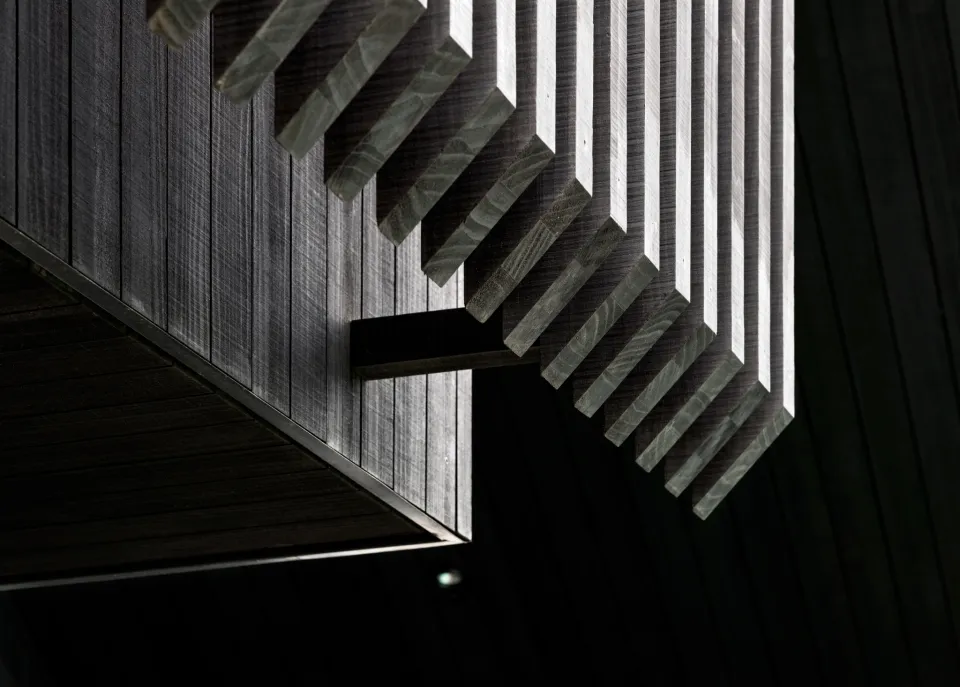
How to Fix a Deck – The Basics
When fixing down your timber decking, don’t go cheap. It pays to use the correct fastener.

Eco Wood Selection [Video]
As dramatic as it sounds, selecting sustainable wood products is critical for the health of the planet.

Sustainable Architecture [Video]
Sustainability in architecture is more than just a buzz word.
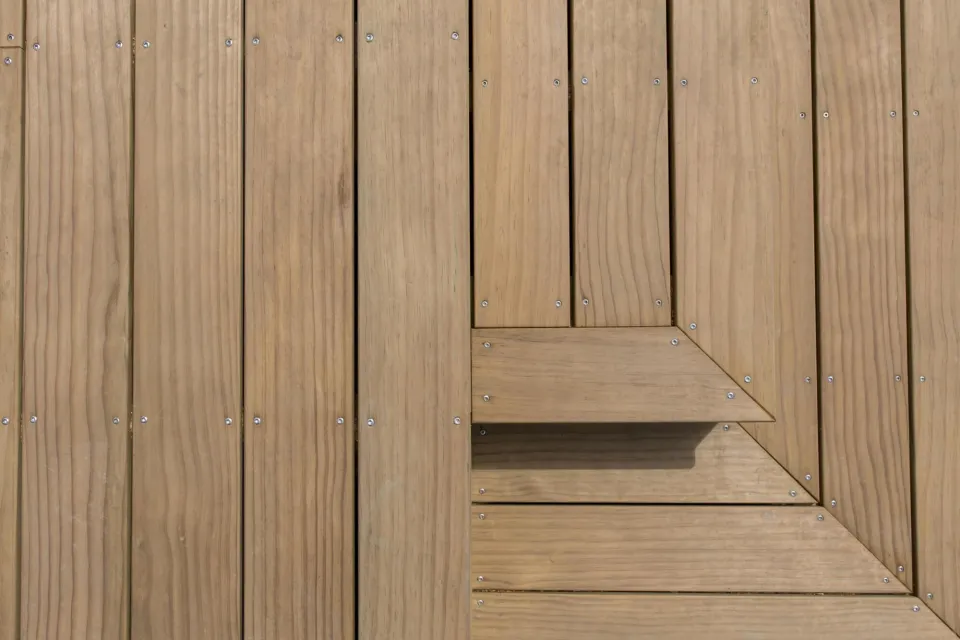
Decking Installation – Common Problems [Video]
Decking timber is highly exposed to New Zealand’s wet conditions and high UV – which makes it challenging for even the finest timbers to stay straight and true.
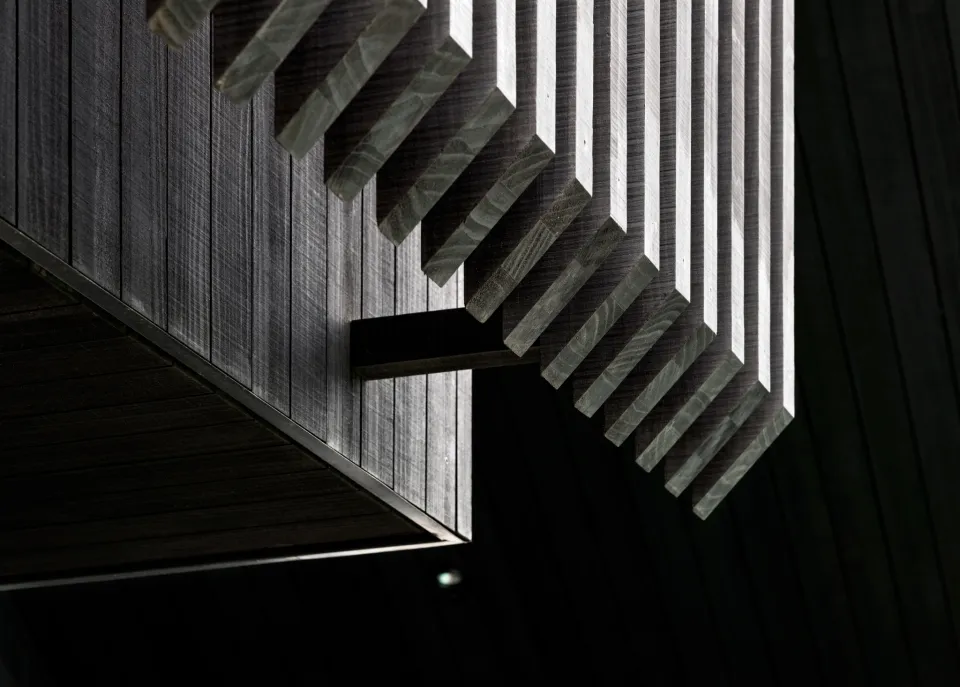
Timber Cladding: The New Alternative in Natural Wood Cladding [Video]
Many exterior timbers are treated with toxic chemicals or are harvested from unsustainable sources.

Improving Home Design [Video]
Think about designing your own home? Here's what you need to know.
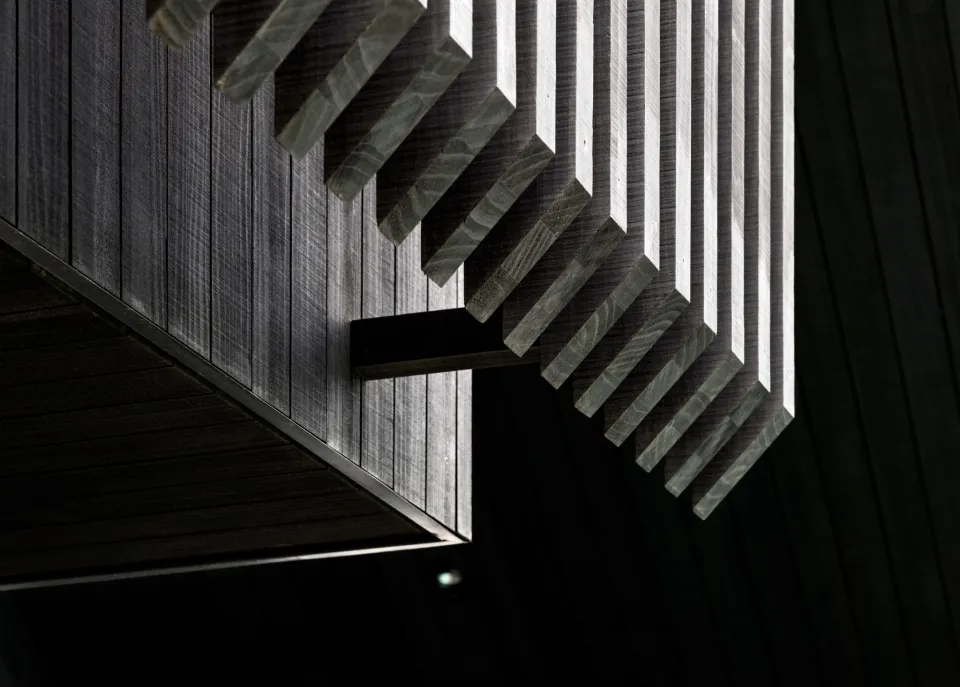
How to Tackle Mould and Stain on Wood [Video]
Moulds, lichen and stains are common on aged exterior wood.

What You Should Know about Chemically Treated Timber [Video]
Many exterior wood products are treated with wood preservatives – some of which are more toxic than others.
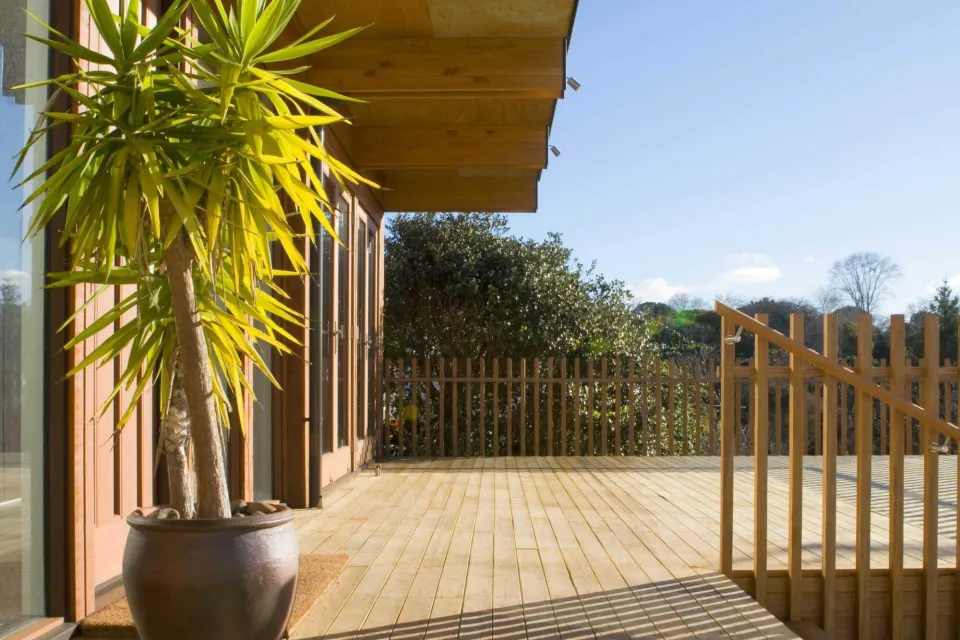
The Relative Toxicity of Wood Preservatives: Eco Building
Not all wood preservatives are created equal.
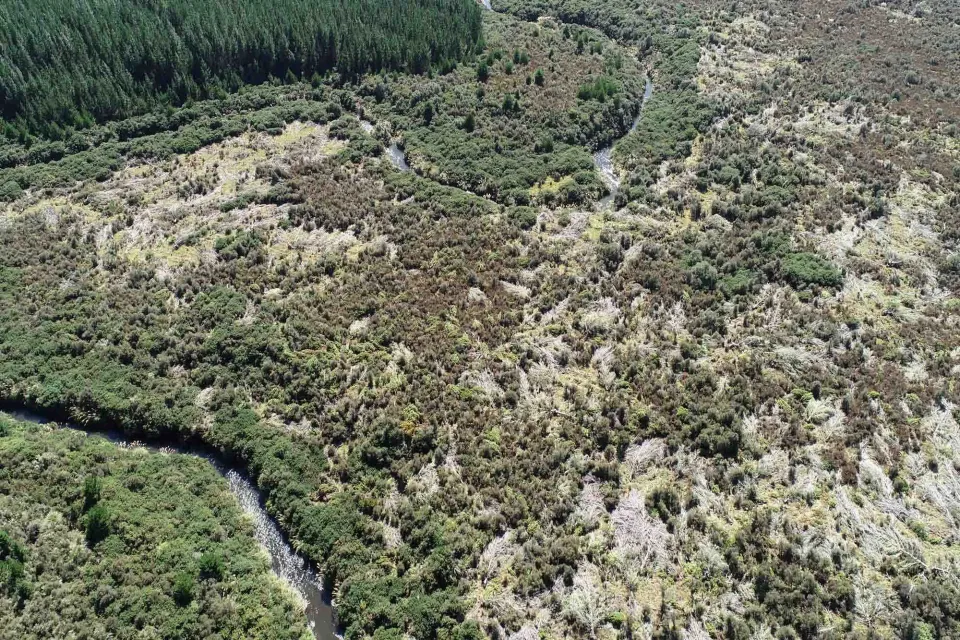
The Importance of Good Forest Management
According to Greenpeace, “good wood” is timber grown in plantations or harvested from ‘well managed’ forests or recycled, reused or salvaged wood. This enables consumers to continue using wood products without causing forest destruction.

